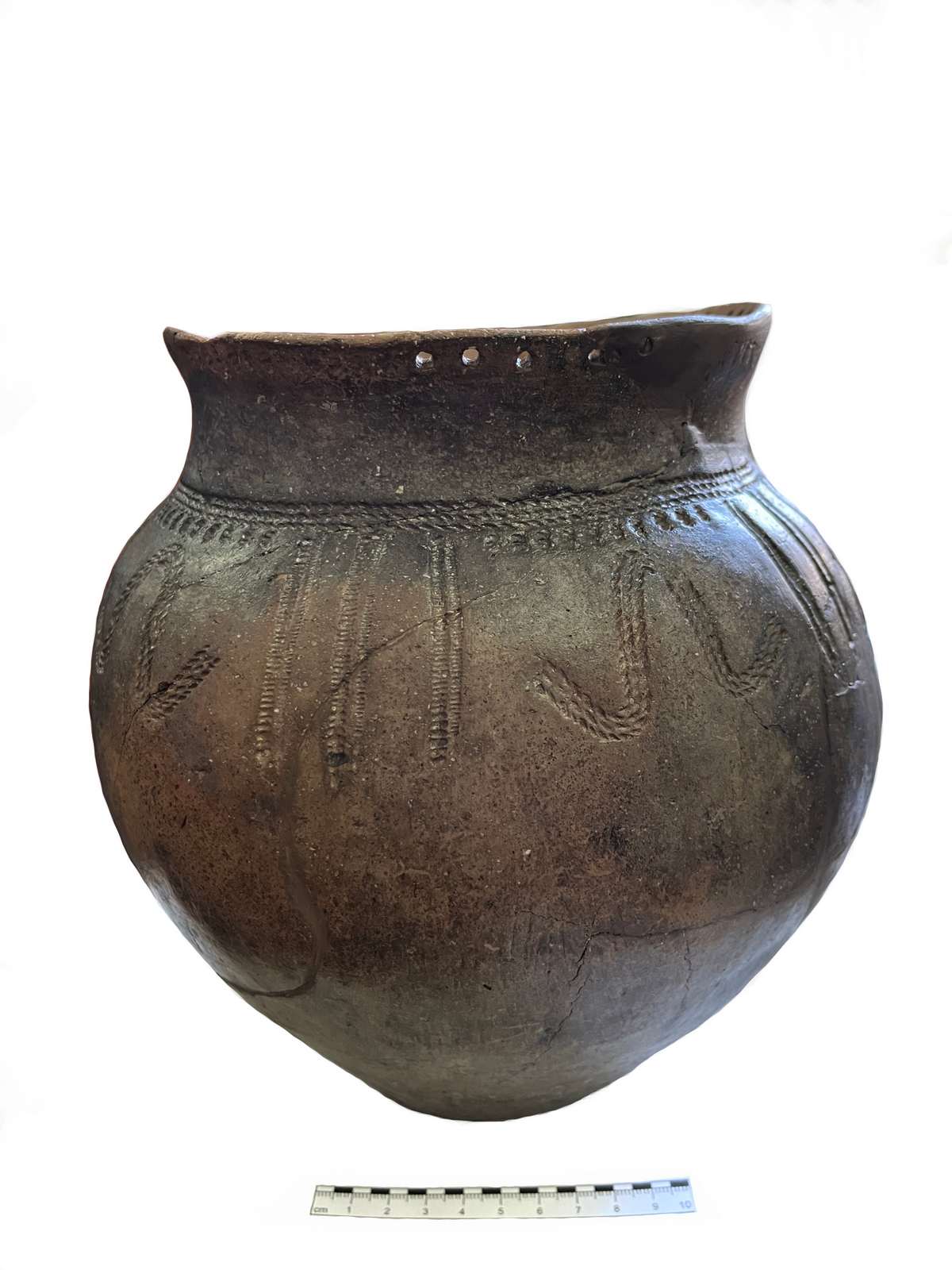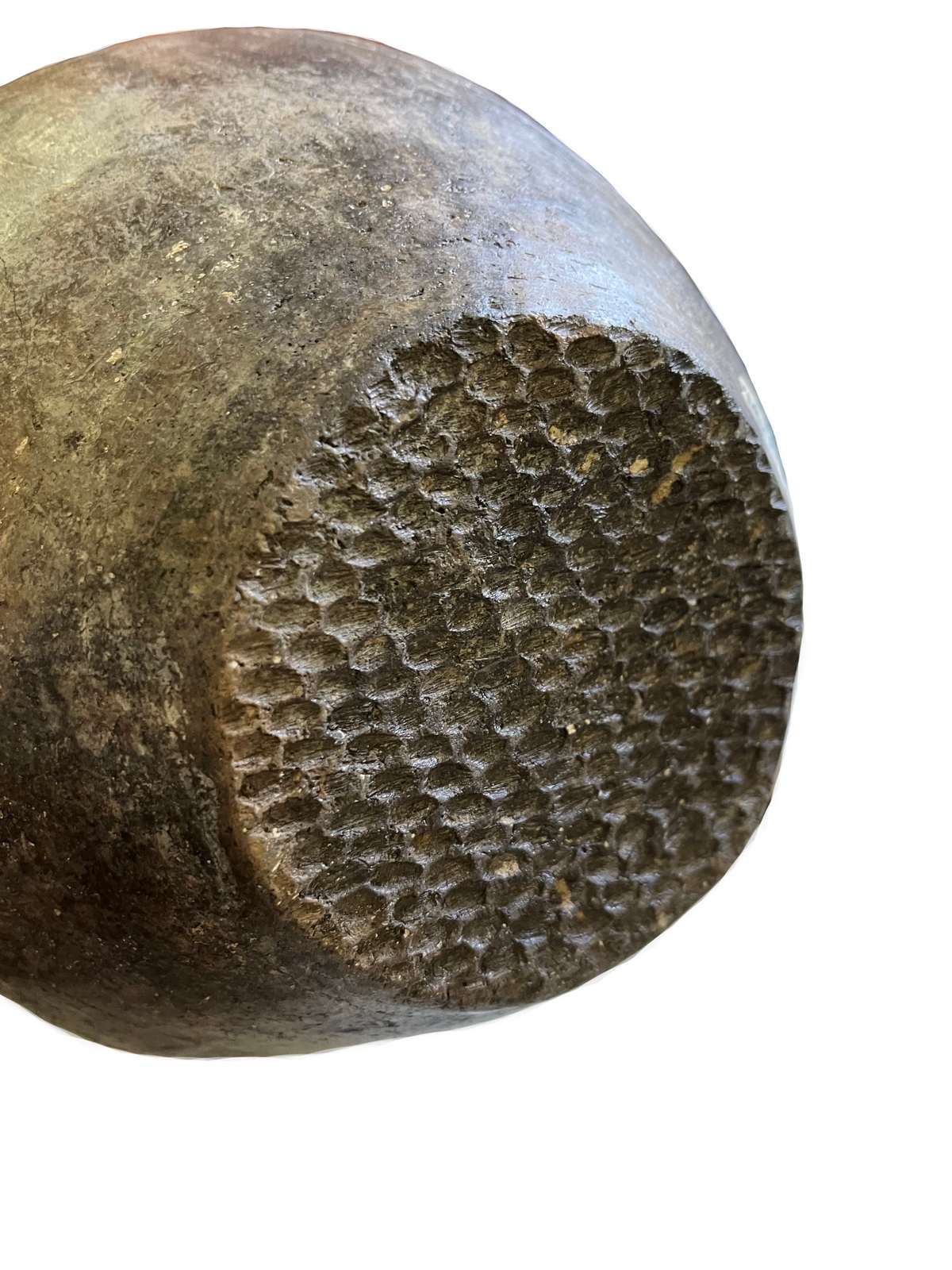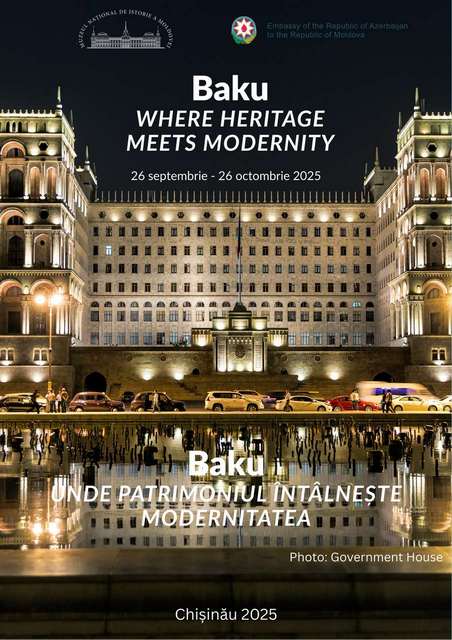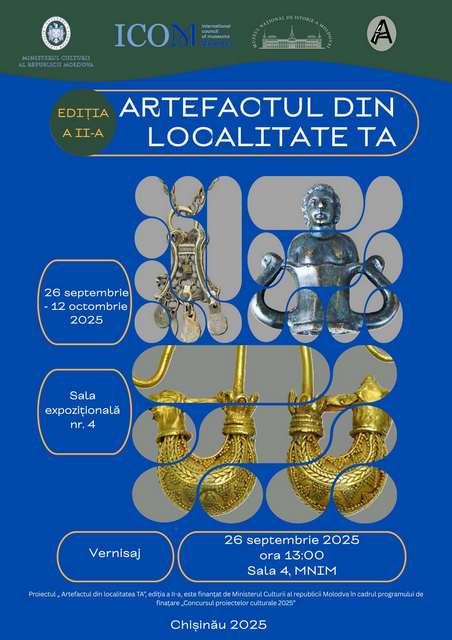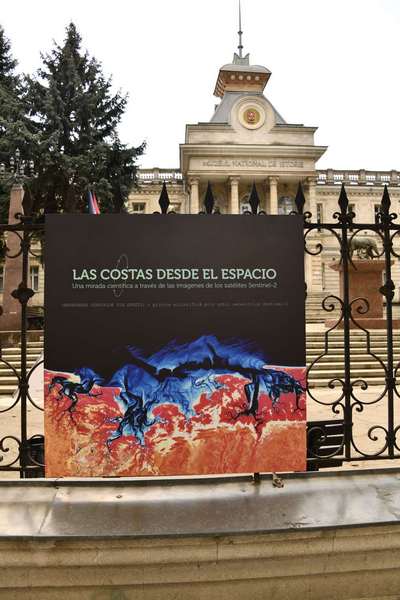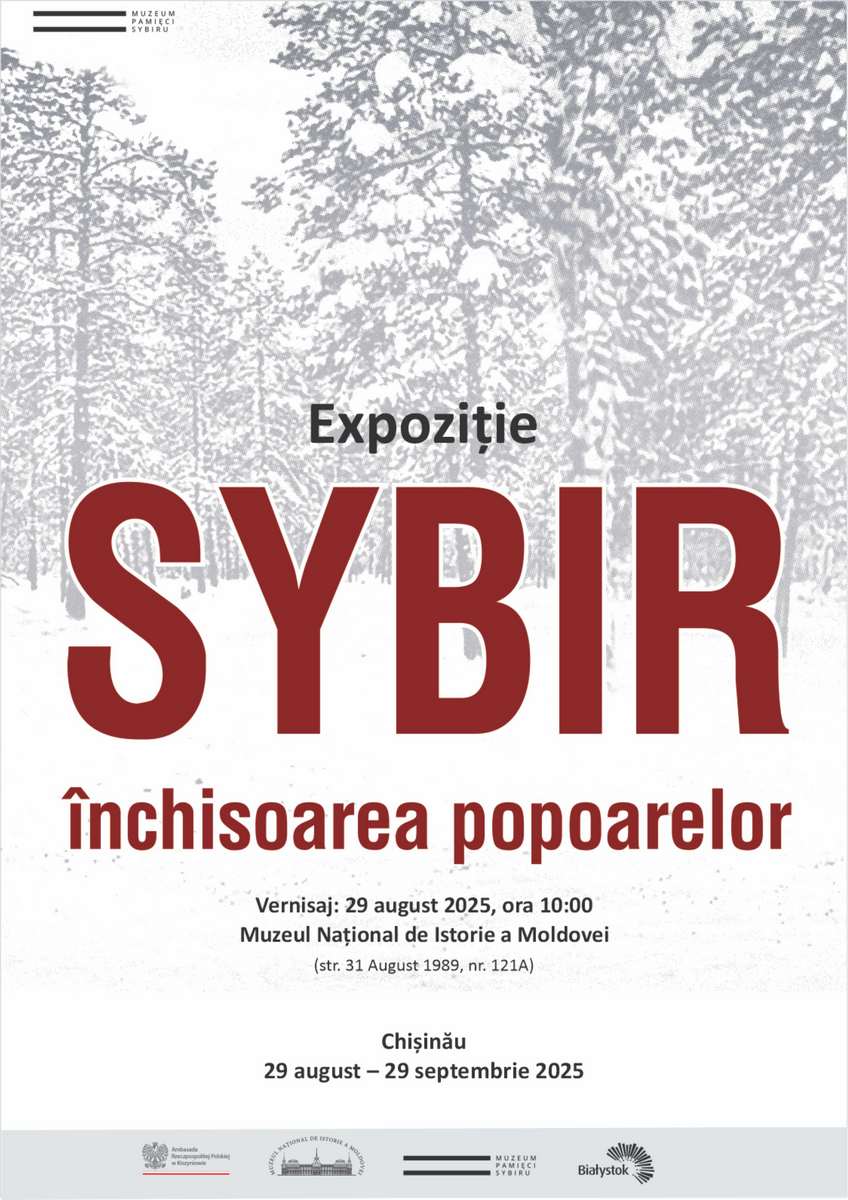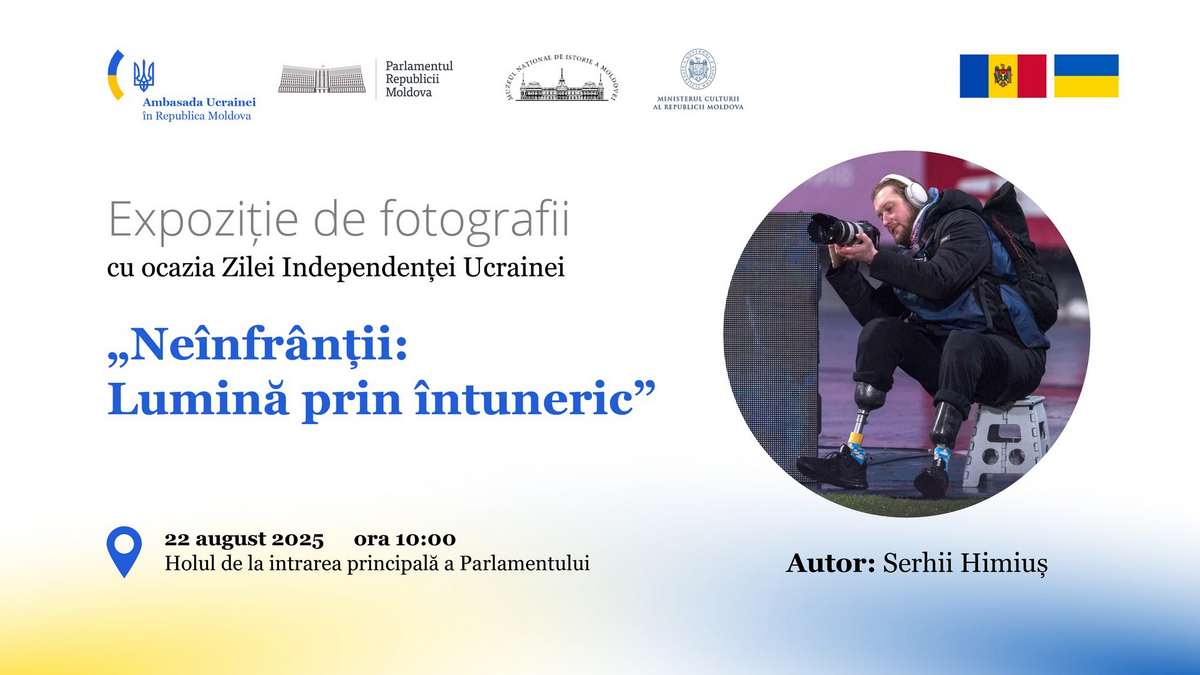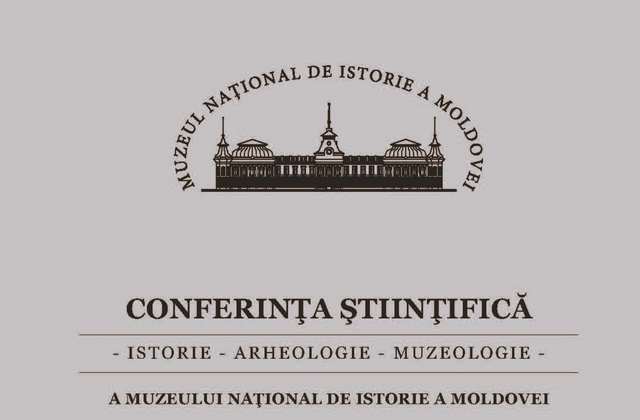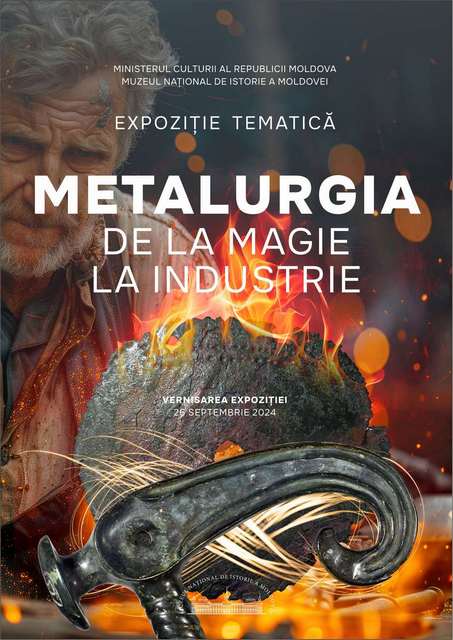  Events Archive Events Archive
The Artisanal Exhibition “Craftsmanship as Art” within the International Event “Meeting of Italian Creators in the Republic of Moldova”
September 11, 2025
On September 11, 2025, the Blue Hall of the National Museum of History of Moldova hosted, for a few hours only, the artisanal exhibition Craftsmanship as Art-a brief yet memorable glimpse into the refined world of Italian luxury craftsmanship. The event offered visitors a curated selection of exceptional creations, handcrafted by renowned Italian artisans from ateliers such as Dalcuore, Formosa, Paolo Scafora, Gala Gloves, Luca Avitabile, Kiton, and others.
The exhibition was organized as part of the international program Meeting of Italian Creators in the Republic of Moldova, under the patronage of the Embassy of the Republic of Moldova in Italy, the Ministry of Culture, and the Municipality of Naples. Attendees had the opportunity to admire garments, accessories, perfumes, and artisanal art objects that reflect excellence, artistic precision, and a deep respect for tradition.The inaugural moment was marked by the presence of distinguished officials and guests of honor, including: Alexandru Cornițel - founder of Sandro Livv, Mr. Sergiu Prodan - Minister of Culture, H.E. Giuseppe Maria Perricone - Ambassador of the Italian Republic, H.E. Oleg Nica - Ambassador of the Republic of Moldova to Italy, and Mr. Mihai Mîțu - Secretary General of the Ministry of Foreign Affairs and European Integration. The symbolic ribbon-cutting by the Ambassador of Italy officially opened this exclusive presentation. The exhibition followed the conference Italian Artisans in the Digital Age, held at the Technical University of Moldova. Together, these two events formed a unique intercultural bridge between Italy and the Republic of Moldova, celebrating creativity, artistic dialogue, and openness to international collaboration-especially in a context where Italy has long become a second home for thousands of Moldovan citizens.
|











 31 August 1989 St., 121 A, MD 2012, Chisinau, Republic of Moldova
31 August 1989 St., 121 A, MD 2012, Chisinau, Republic of Moldova



